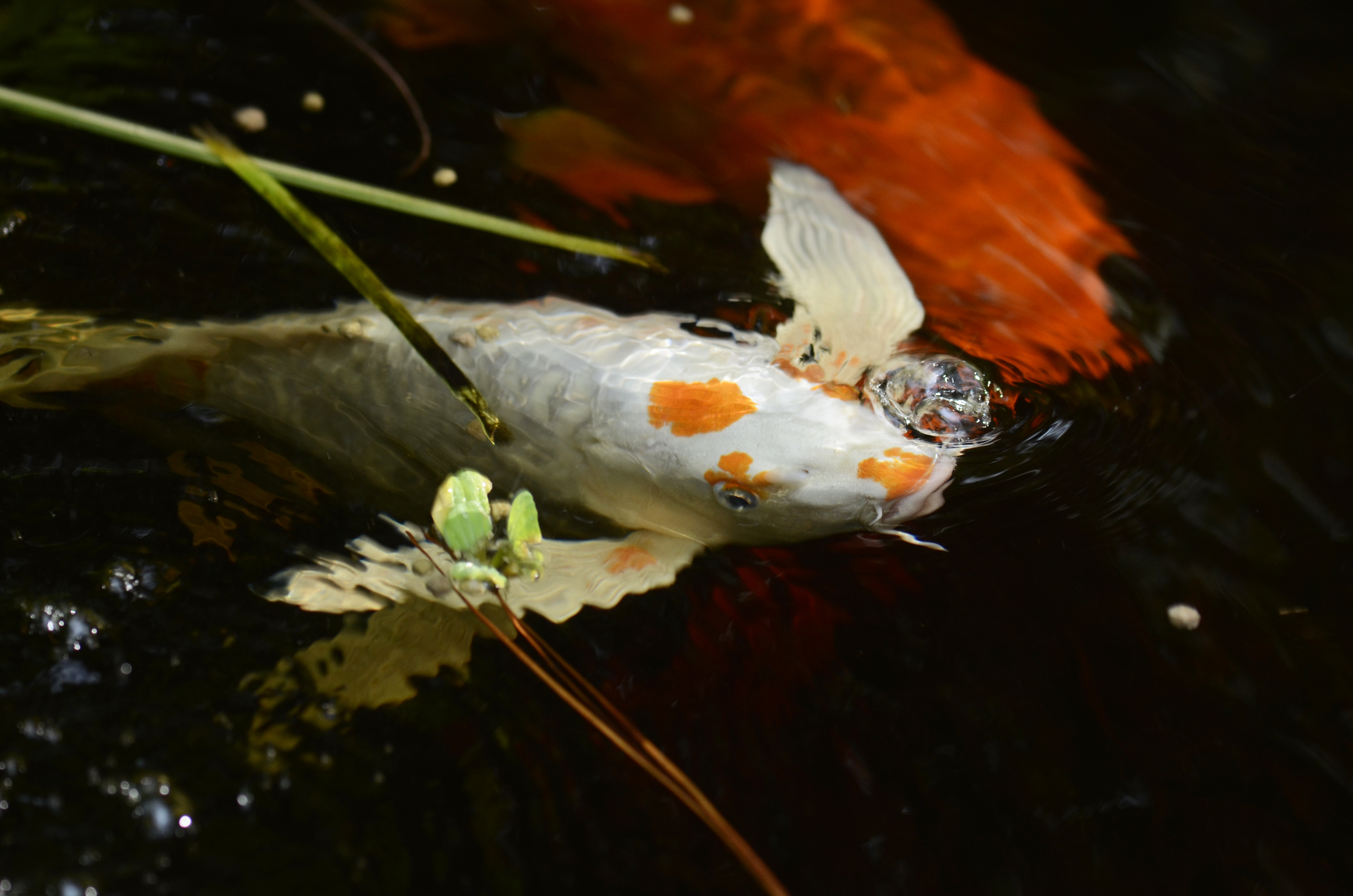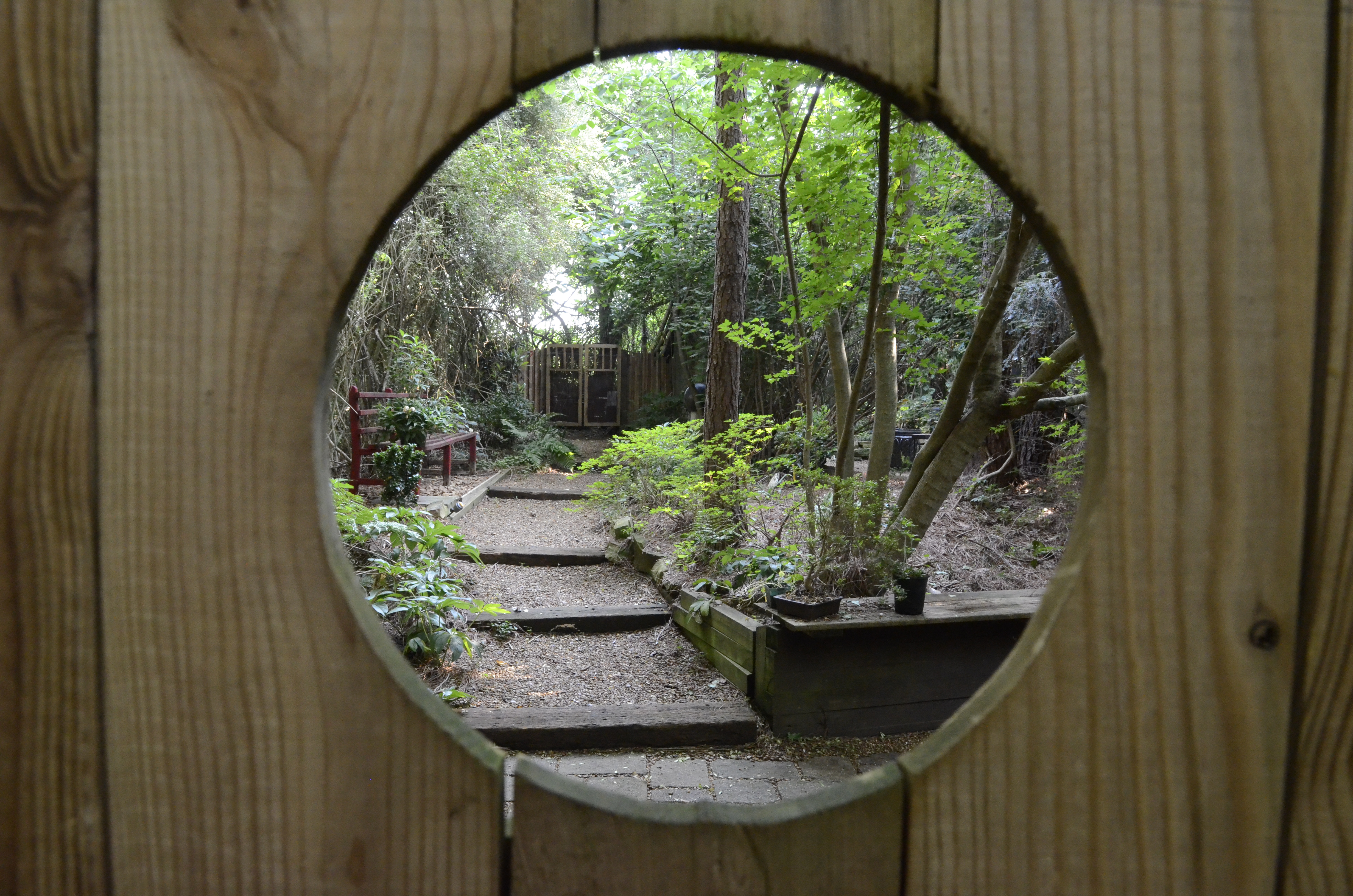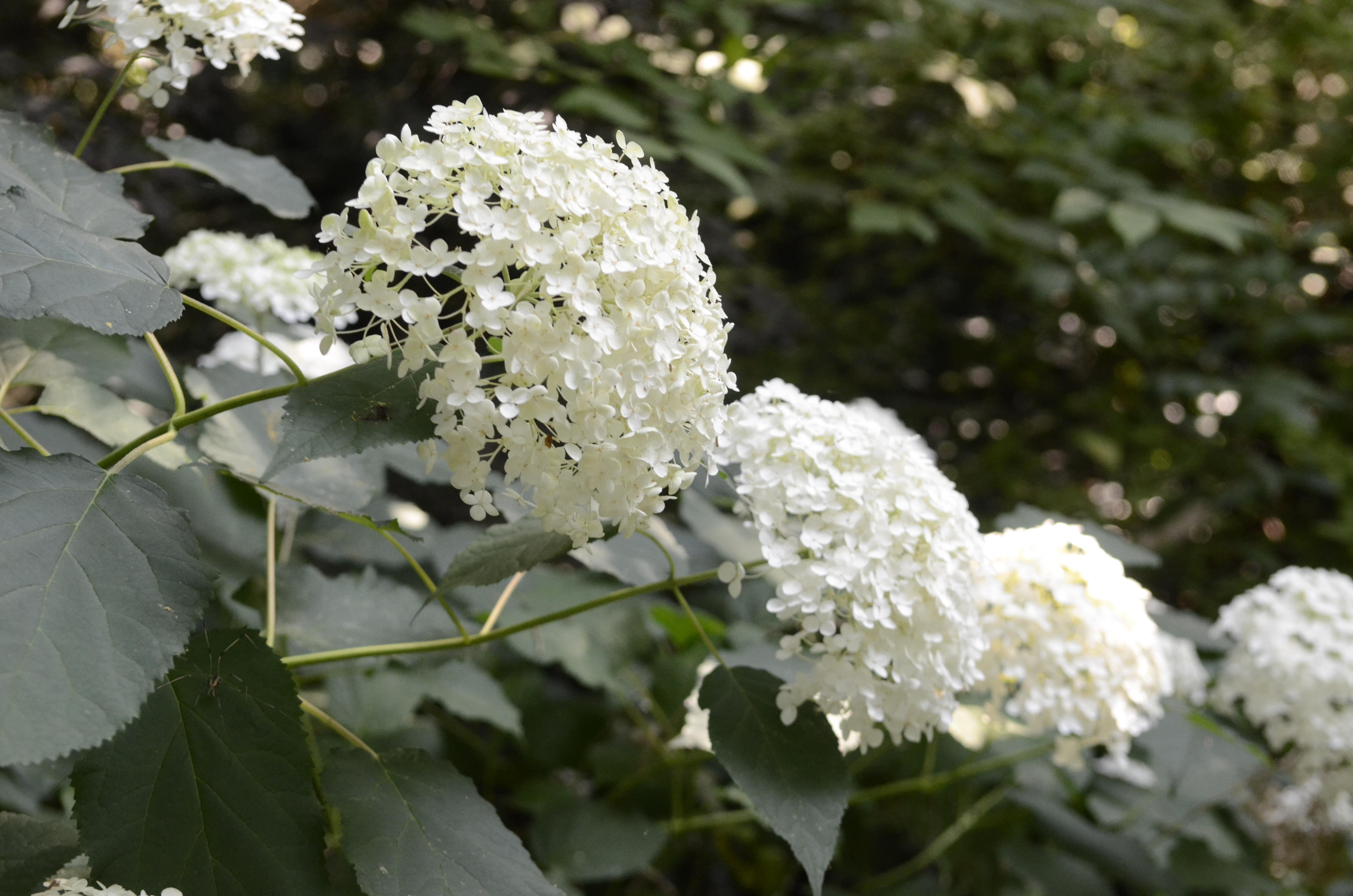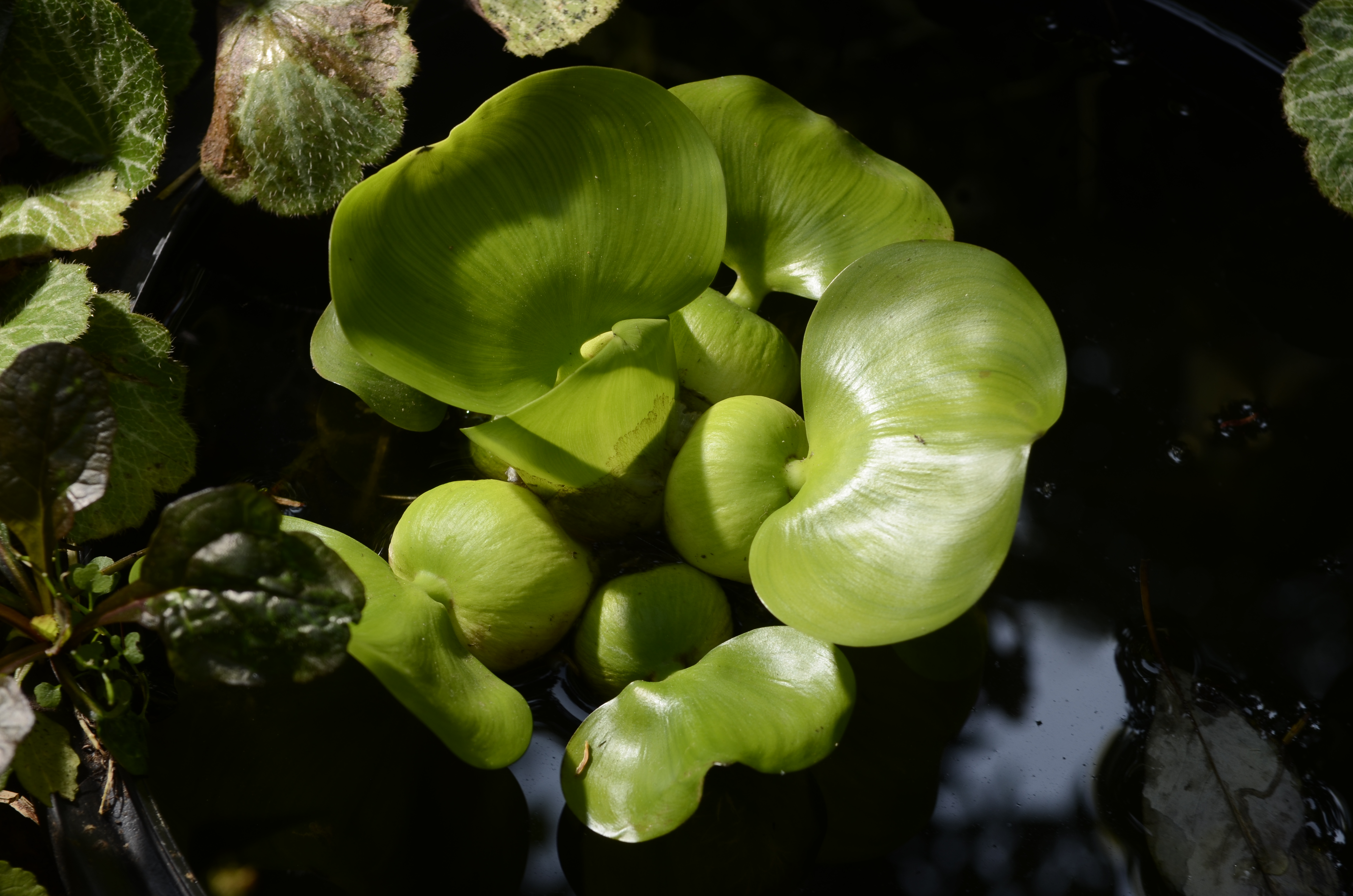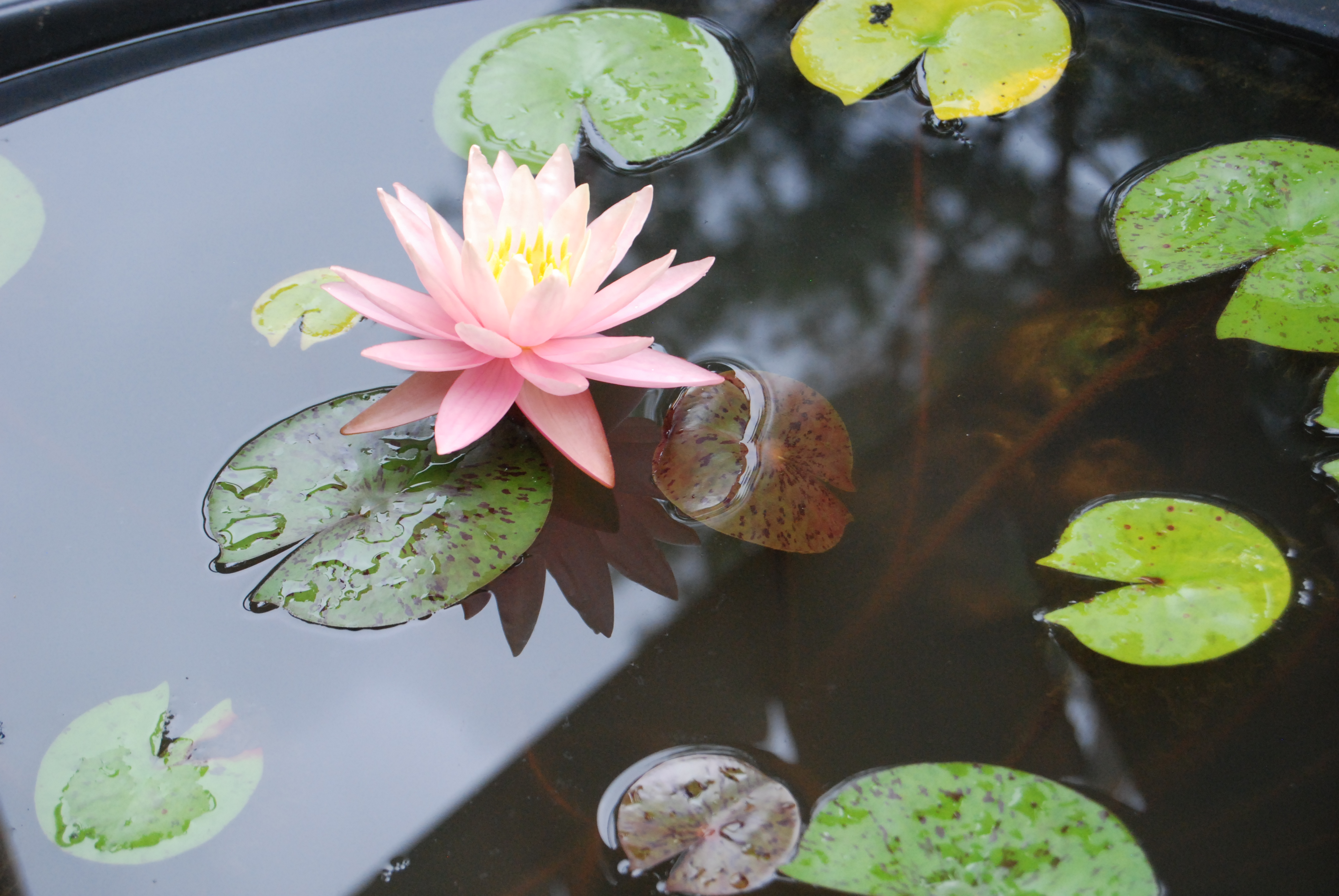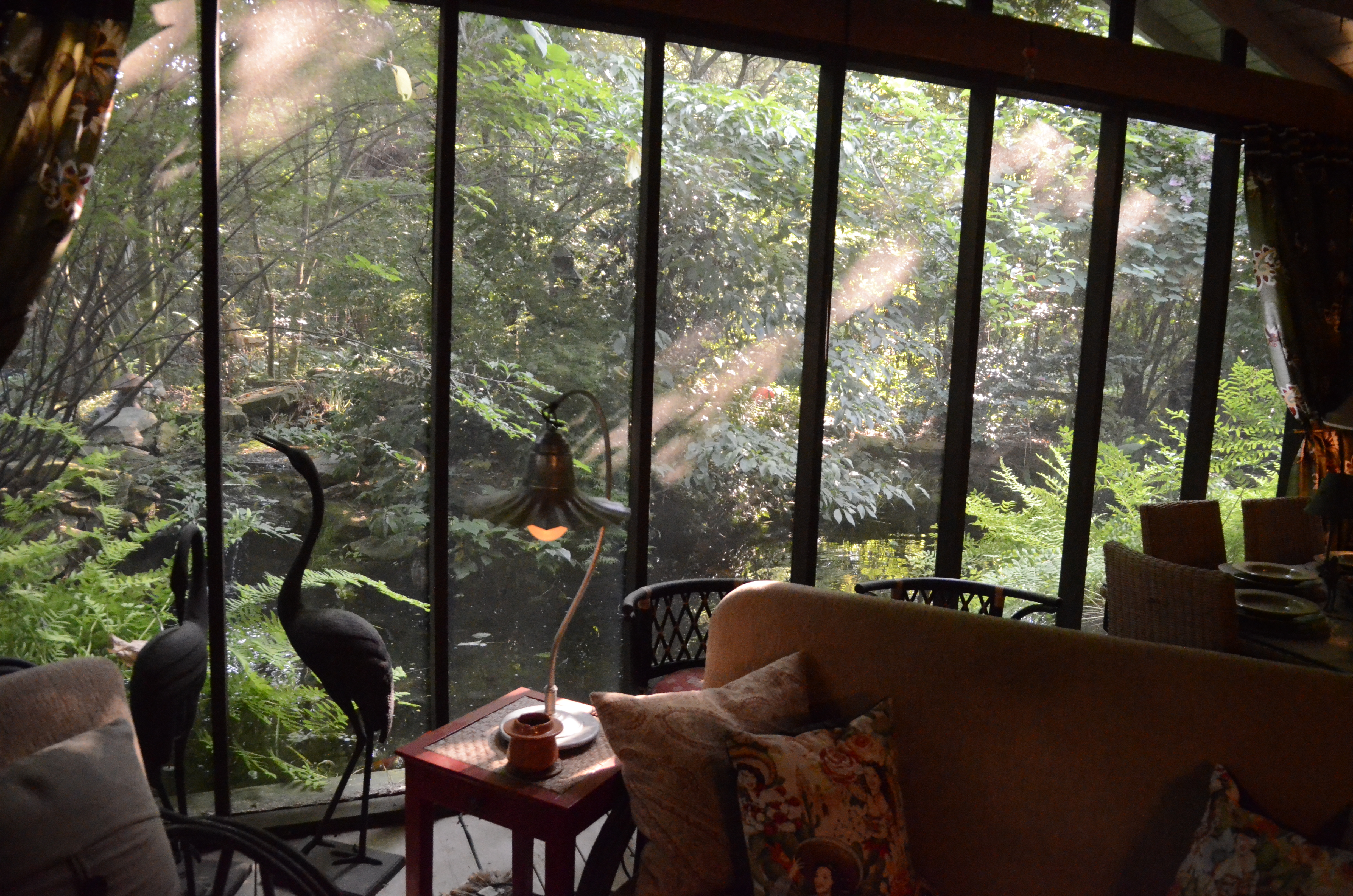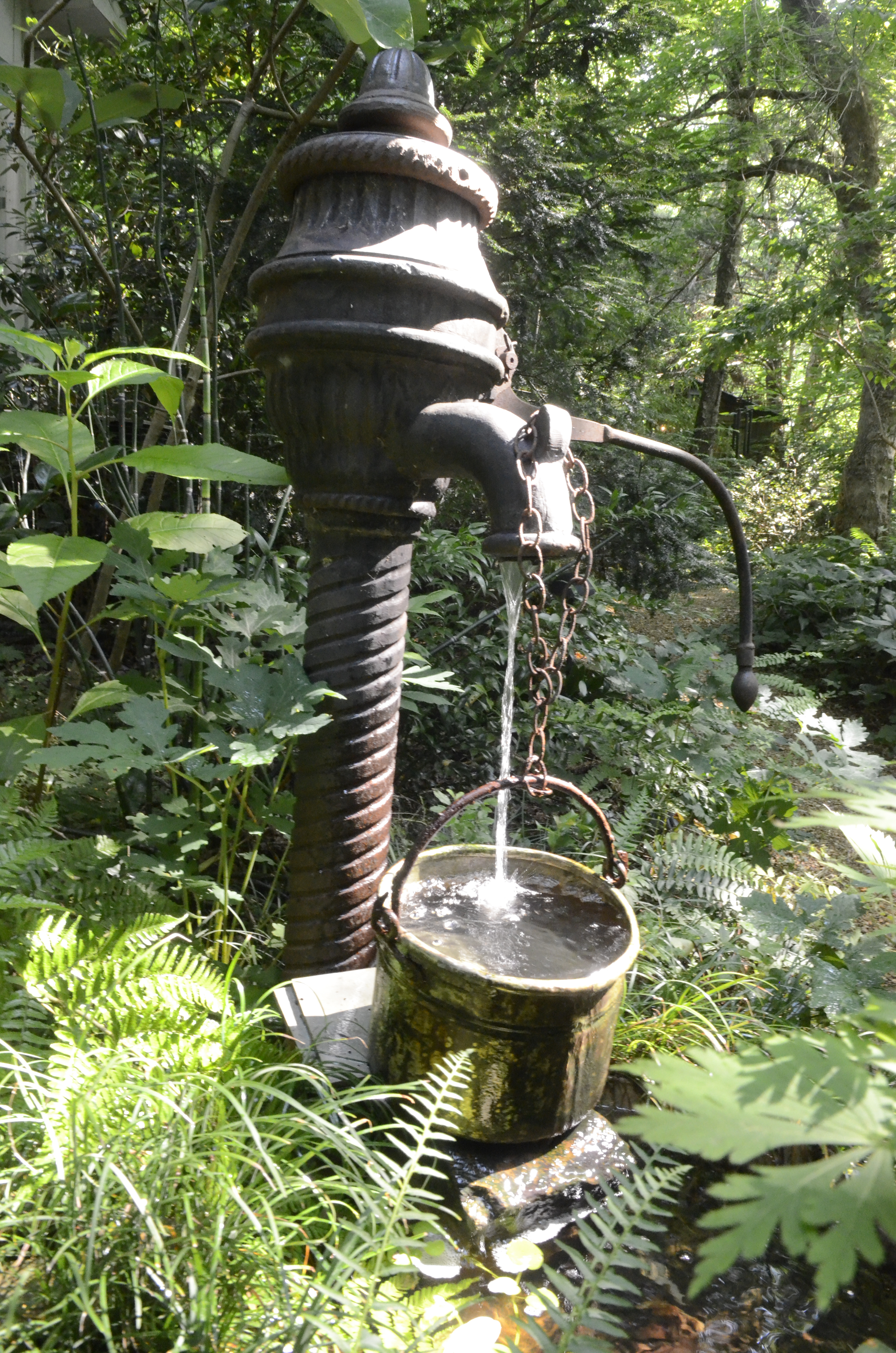Victor Pham says his family has always enjoyed watching fish. He and wife Julie started their kids off with "goldfish in little bowls like everybody else" before wading into a fish habitat on a larger scale.
Working weekends and whenever he had a few spare hours, he dug a 5-by-3-foot hole in the yard of their East Brainerd home, digging down about 2 feet. He spread a pool liner purchased at Lowe's across the hole, edged the circumference in stones, filled it with water, then added water lilies and lotus that reminded Julie of their Vietnam homeland. Koi and goldfish were finishing touches to the Pham's waterscape.
"We had little luck with tanks as we just couldn't seem to get it right," says Pham, an industrial engineer at Nissin Brakes of Georgia. "Our fish just seemed to never be as healthy as they could be, and many times would die sooner than we would have liked. Since we've built the pond, I can't remember the last time that has happened."
Water gardens, also known as aquatic gardens, are manmade water features that can be used to display aquatic plants as well as serve as home to ornamental fish. Knowing the right plants for your water garden can make the difference between a beautifully serene oasis in summer's heat or a scummy, algae-covered, mosquito-attracting headache for a homeowner.
And they don't have to put a strain on your budget. The cost of a water garden can range from purchasing a Smartpond 200-gallon DIY kit at Lowe's for $149, then adding as many plants as you can afford, to elaborate displays such as Greg Miller's in Cleveland, Tenn., which he has been adding onto for 12 years.
Pairing the right aquatic plant with a water garden is integral to keeping the pond's ecosystem in balance, keeping water temperature moderated and providing fish food, experts say. Aquatic plants also provide cover for fish, keeping them safe from predators such as raccoons.
"Water plants can grow in the sun or shade, depending on the variety," advises Miller. "About 75 percent of the water's surface should be covered in plants if your pond is in full sun. You don't need as much surface cover if the water is shaded."
"If you have a shallow pond in full sun, it's really going to get hot which, in turn, creates algae. Plants eat the nutrients that algae grows on, they shade the water and help purify the water," he explains.
Miller recently led a workshop at Ooltewah Nursery on the four categories of aquatic plants, giving examples and characteristics of each.
• Deep-water plants: Water lilies and lotus.
These plants can grow in 4-foot-deep water, while most water gardens average about 2 feet. Miller describes them as "tough characters that just spread and spread." He suggests keeping them contained by placing the plant in a pot, then dropping the potted plant into the water to settle at the bottom. The plant's leaves will rise to float on the water's surface.
"To keep them blooming, most of them are going to need about six hours of sun a day. You can buy special fertilizer tablets that you poke into the container the plant is in. You need to supplement with fertilizer about once a month," he says.
Miller said that water lilies cost about $20 each and lotus plants average $40 apiece.
• Marginal and bog pond plants: Cattails, reed grasses, horsetail rush, cannas, iris, rushes, pitcher plants.
Just as their name implies, marginals usually grow along the edge of the pond with only their roots in the water, but they also can grow in several inches of water. Their average cost is the $10 range.
"You want plants to soften the water garden's edges and enhance your landscape," says Miller. "Marginal plants are the biggest variety of water plants. Lots of them will take shade, some almost full shade, others full sun.
"A lot of marginals are bright and colorful, giving height in the pond. You don't have to worry about fertilizing any of the marginal plants; they are self-sufficient."
Want to intrigue the kids with the new waterscape? Add a carnivorous pitcher plant, which grows in the marginal zone.
Lovely to look at, but lethal to bugs, the plant's leaves form folds that mimic the concave shape of a pitcher's spout. The plant stores a sweet-smelling enzyme that draws unsuspecting insects. When a bug enters a spout, it's trapped and unable to climb back out. The bug falls into the pitcher plant, where it dissolves into plant food.
• Submersed or oxygenating plants: Elodea and parrots feather
These plants grow completely submerged beneath the water's surface. During the day, as they grow, they release oxygen into the water, providing oxygen for the pool's fish.
Miller points out that they grow quickly, making it necessary to thin them out occasionally. The removed plants make great additions to your home's compost pile, he says.
Oxygenating plants are sold "by the bunch," Miller says: $3.50 per grouping of six to seven plants.
• Floating plants: Water lettuce and water hyacinth
The roots of these plants dangle in the water while their foliage spreads across the surface. Water lettuce help oxygenate and clarify water and will feed on extra nutrients in the water, reducing algae production at the same time. Miller describes water lettuce as "a vigorous grower," and suggests dipping a net to scoop out the overflow of plants periodically.
Floating plants cost about $3.50 each, he says, making them the cheapest of the water garden plants.
"You get a lot of bang with your buck with floaters," he says. "If you don't want to spend a lot of money, just buy a few floaters."
Contact Susan Pierce at spierce@timesfreepress.com or 423-757-6284.

